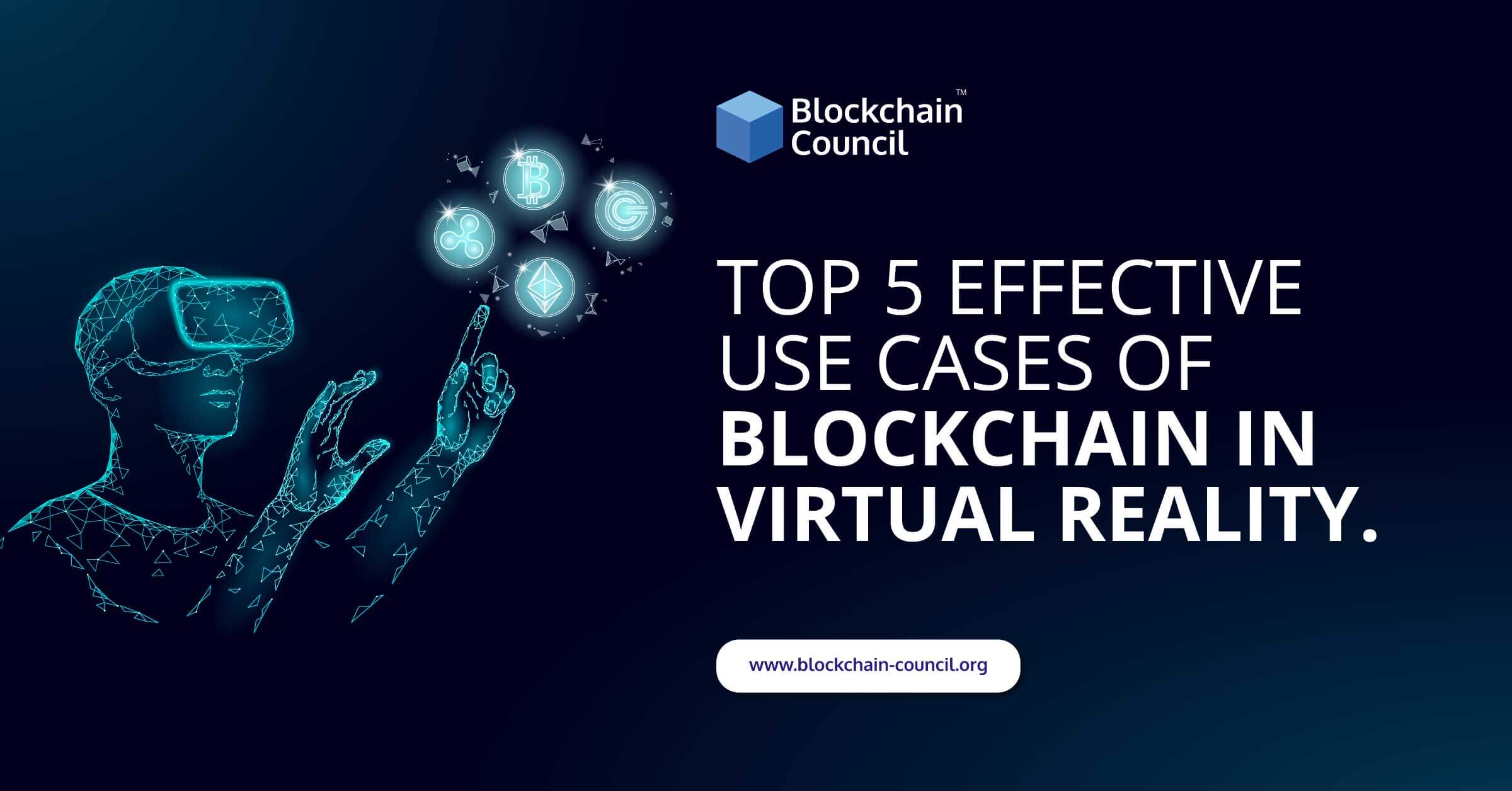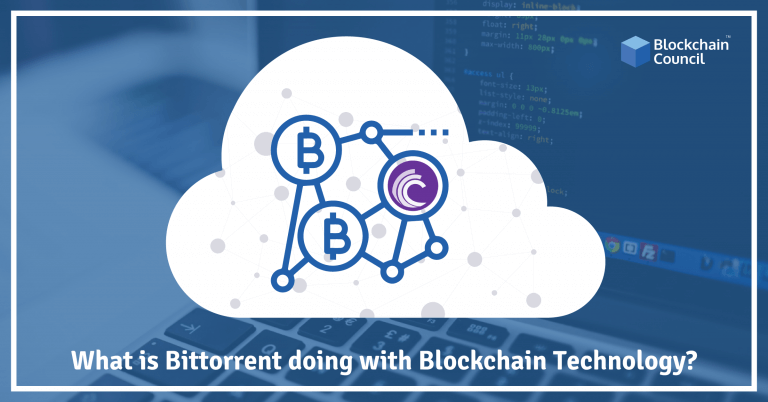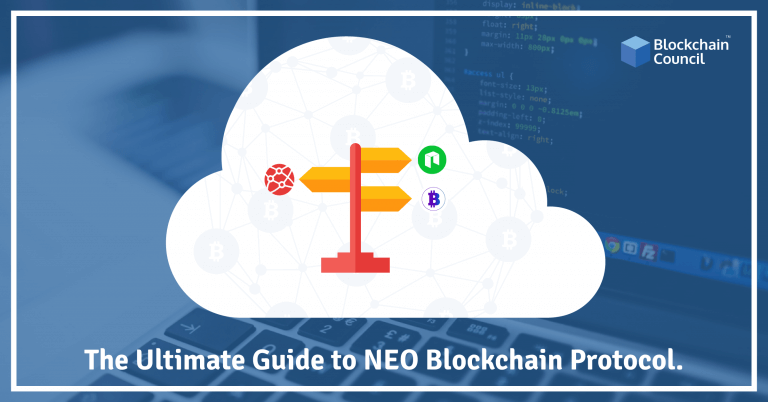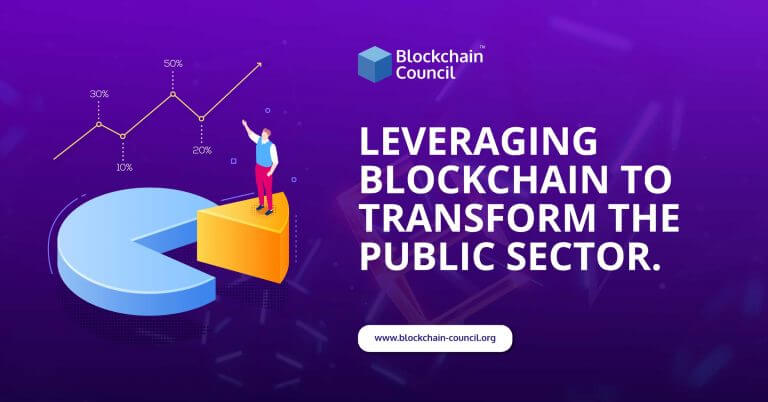
- Toshendra Kumar Sharma
- September 12, 2019
Virtual reality (VR) is expected to have an economic impact of $15.6 billion by 2020. Virtual reality is one technology which has stepped aside from the world of technology and entered new realms. It is a cutting edge form of technology which has crossed the barriers and made its way into various industry verticals. Providing the opportunity to simulate a physical presence in the real and imaginary world is a major aspect of virtual reality which has lifted the gaming world to great heights. Unlike other technologies, virtual reality will certainly benefit businesses and will not die out after some time as it is one such disruptive technology that is certainly here to stay and create a positive impact.
What is Virtual Reality?
Virtual reality refers to an artificial environment that is created with software and is presented to the user in such a manner that the user accepts it as a real environment. On a computer, virtual reality is primarily experienced using the two out of the five senses, and they are sight and sound. A 3-D image is the simplest form of virtual reality that can be explored interactively using a personal computer, by manipulating the keys or the mouse. Virtual reality is usually divided into two categories: simulating a real environment for training and education purposes and developing an imagined environment for an interactive story or game.
How is Blockchain Used in Virtual Reality?
1. Visualizing Difficult Concepts
Our brains process visuals approximately 60,000 times faster than text. Though brains retain information differently from one person to the other, the power of interactive and visual methods of learning have been well established. Visual aids assist in the comprehension of material and are known to improve learning by as much as 400%. According to recent studies, children retain information gleaned from interactive media in a much better manner than the facts they learn from face-to-face instruction. With attention spans becoming shorter, educators are becoming increasingly open to finding new interactive ways to foster more excitement in class and while working on home assignments.
When paired with virtual reality, blockchain opens up new frontiers for education. It will help provide three-dimensional educational experiences and help make clearer hard-to-grasp concepts. Blockchain has the ability to make all the curriculums available through blockchain-linked databases that will allow class members to access secure and interactive course materials by verifying their identities.
2. Universal File Formatting
‘File Formatting’ is a phrase that regularly pops up in the lives of those who need to download files, publish their content online, send documents, etc. Any issues in the file formatting process can lead to missing data, loss of timestamps, and several other issues. Technological changes can lead to the rapid obsoletion of different file types. It is often beyond the capabilities of a layman to keep up with these changes. Virtual reality is becoming a widely adopted means of consuming content. In file formatting, blockchain technology can be used to standardize the fragmentation of file formatting that leads to countless error messages and stifles global connectivity. Blockchain helps establish a single technological platform that acts as a means of transmission. This will help establish uniformity and allow for easy sharing and universality of content. This will mean that a person in India will have the same virtual reality experience as a person in California.
3. Creating More Secure Virtual Worlds
There is currently a rise in virtual reality artwork and digital worlds. Today, consumers are ready to embrace technology for purposes such as art that would be largely unconsidered in the past. Digital worlds that use VR technology will permeate sectors from live entertainment to gaming. Art stands as an example of why virtual reality can gain from blockchain technology as a security measure. It is important to ensure that the technology used is hack-proof, given the fact that virtual reality-based exhibits are now popping up in museums and art houses.
The rise in the usage of expensive virtual software has brought with it the legitimate concern of digital art and entertainment being stolen, hacked, disseminated, and copied, thus defeating the purpose of limiting their supply. Blockchain helps verify the copy of an item, irrespective of whether it is a virtual work of art or code or a VA experience or game, is not a duplicate that has lost its value because the seller retained numerous copies for his personal use. This way, blockchain helps ensure that scarcity remains intact and stolen or forged VR software is not peddled as if it is the original. Blockchain may also help preserve the identities of VR users and establish item ownership in virtual worlds.
4. In-Game Advertising Attribution
The modern gaming landscape and advertising are inextricably linked. Even popular games rely heavily on advertisements to garner interest. Even the most widely popular games are dependent on advertisement as a source of revenue. Approximately, about 10% to 30% of revenues for social games have been generated as a result of advertising. With virtual reality games gaining more popularity, similar advertising models are likely to arise. But more creative twists would be necessary to provide advertisers with an effective interaction that reflects the unique capabilities of the virtual reality technology.
The first step for gauging the advertising dollars being spent is to track the effectiveness of ad campaigns in the virtual world. Blockchain-linked coins can be used to allow users to interact with advertisements while they are exploring virtual worlds. The effectiveness of these ads can be measured by tracking eye movements as it will help measure the attention that each ad commands. The two significant ways in which blockchain impacts the advertising landscape is by compensating users with coins for interacting with the ads and using a blockchain ledger for logging information about their interactions.
5. Virtual commerce
Virtual commerce involves enabling consumers to purchase products in a virtual reality setting. Today, e-commerce is thriving to a great extent. According to reports, in 2017, consumers spent almost $453.46 billion with online retailers. This represented a 16% increase in sales. By 2021, retail eCommerce sales are expected to amount to 17.5% of all global retail expenditures. Still, the main issue associated with e-commerce is that customers cannot fully envision how the products they buy will look like and if, in case of garments, the product that they are buying will fit them. To solve such issues, online retailers are now thinking of using virtual reality to provide customers with an exact idea of the products without the need to travel to a physical location. Blockchain has become a reliable and interoperable means of establishing and storing the copyrights of digital creations.
Conclusion
Several large players in the field of science and research are looking for novel ways to leverage virtual reality to help advance their efforts to discover effective business solutions to help them make a difference. With the assistance of blockchain, businesses will have the ability to share information and data in a collaborative manner as blockchain’s interoperability and security aid in interacting remotely on the most cutting-edge forms of research. Using virtual reality will provide both businesses and individuals with the ability to transform experiences forever.
For more information, visit blockchain council.





































































 Guides
Guides News
News Blockchain
Blockchain Cryptocurrency
& Digital Assets
Cryptocurrency
& Digital Assets Web3
Web3 Metaverse & NFTs
Metaverse & NFTs
